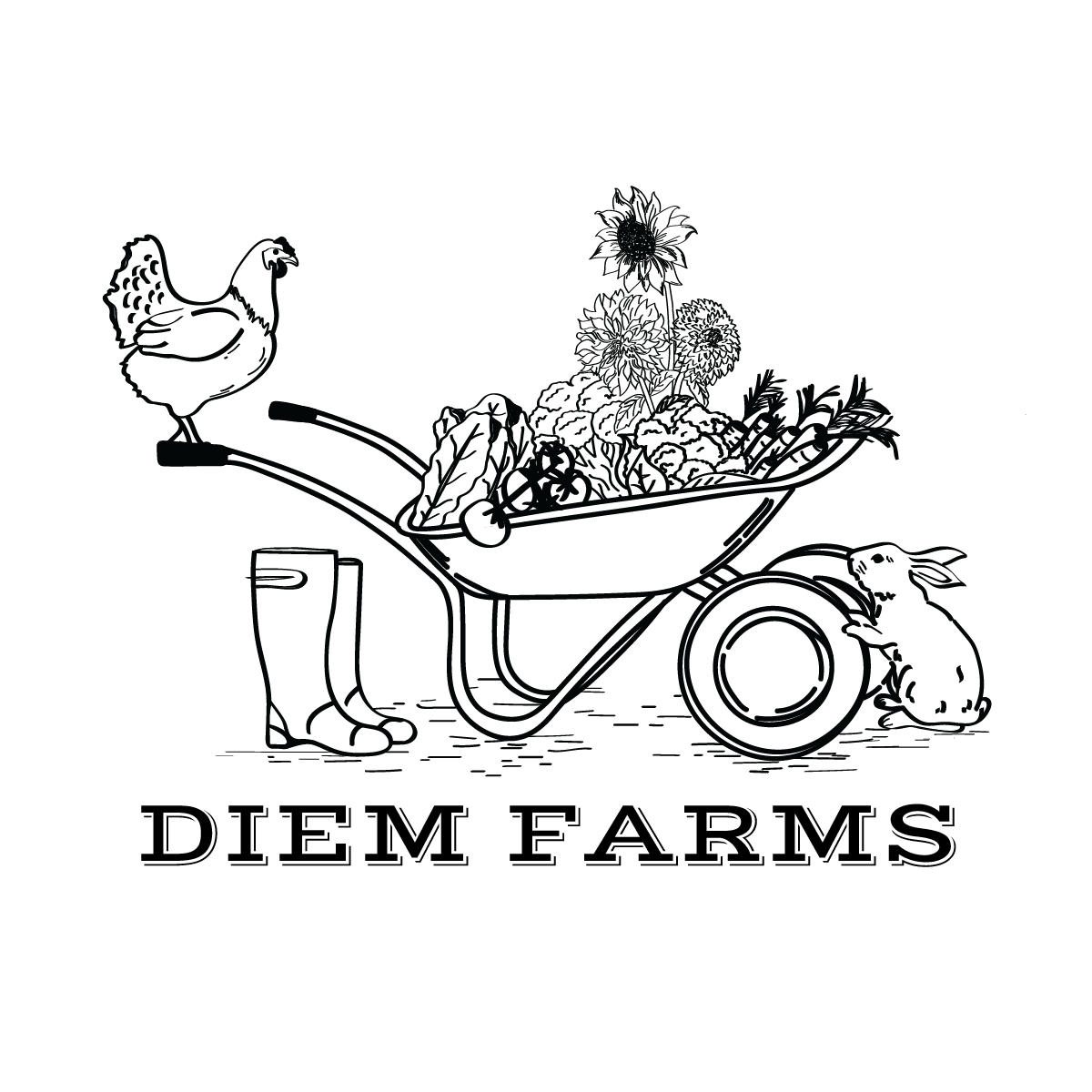Our Chickens

Chickens are the cornerstone of our little farm. They were one of the first animals we got when we moved to our property because nothing beats fresh eggs!

The Chickens
We have 29 chickens currently. Different breeds lay different color eggs, and we select breeds based on this and their temperaments. We enjoy the friendlier, less-nervous varieties that do well in our area.
4 black Ameraucanas, who lay blue-green eggs.
6 brown Welsummers, who lay brown eggs with speckles.
4 Austra whites, who lay light cream-colored eggs.
3 silver-laced black Wyandottes, who lay brown eggs.
2 Cream Legbars, who lay blue-green eggs.
4 orange and gray splash-laced Wyandottes, including “Handsome” the rooster who helps protect the girls when they’re out free-ranging.
4 Rhode Island Reds, who lay brown eggs.
1 golden Buff Orpington, who lays light brown eggs.
And “Edna”, the matriarch of the flock, a black hen we hatched here in 2017. Her mom was one our original barred Plymouth rock hens and her dad was a black Australorp.

Naturally over their lifespan, hens have peak production of eggs from about 1-3 years old. We do occasionally rotate chickens out of our flock to new homes to make room for new birds that will keep our egg numbers up, but some, like Edna, have a permanent place on our farm.
Their Home
Our flock lives in a coop we designed and built, with perches, nest boxes, and lots of fluffy shavings for bedding.
They have a covered back porch area where they’ve created their “chicken spa” of dust baths. The cover allows them to get outside, even if it’s raining (and we get A LOT of rain!).
The chickens also have an always-accessible bigger section of fenced space where they can run, flap, climb, and perch. This space has bark chips to prevent it from becoming muddy, which they love to kick around and dig through. We are happy to provide them an interesting home that keeps them active and engaged.

The Chickens’ Diet
In addition to their coop space, our birds are let out daily (except in inclement weather) in different fields and pastures. It is wonderfully entertaining to see them out foraging, scratching and looking for insects, and finding sunny spots to rest. Access to the outdoors is one reason our eggs have such beautiful yolk colors. Another benefit of this practice is improved health of our pastures for our grazing animals.


They are fed a chicken layer feed to ensure they receive the proper energy, vitamins, and minerals, as well as oyster shell to keep their egg shells and bones strong.
Our chickens also receive lots of vegetable and fruit scraps from the gardens and kitchen throughout the year, they really love apples, squash, and broccoli leaves.
Common Questions
Do you have to have a rooster to have eggs?
No! We typically don’t keep a rooster. Our roo, Handsome, was a surprise boy in our last order of chicks, he’s been very sweet with us. Domestic chickens are bred for egg production. They will lay eggs even without a male around. Handsome does a great job keeping an eye out for predators though, like hawks, eagles, coyotes, and dogs, so we feel safer letting then hens free-range with him on guard.
Do different color eggs have different nutritional values?
No! All eggs, regardless of color, have the same nutrition if the hens eat the same things. Our chickens get to free-range, so there is a slightly higher nutritional content and lower cholesterol than those from hens fed a diet of only commercial feed.

